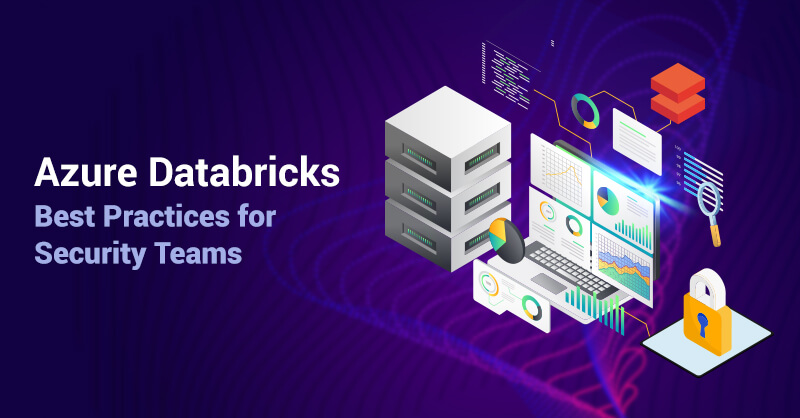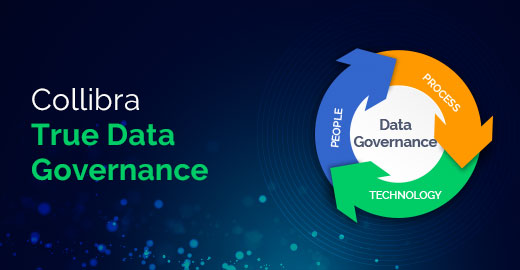Data Lake vs. Data Warehouse—Which One to Choose?
Written by Imran Abdul Rauf
Technical Content WriterPoor data quality costs the US economy a loss of $3.1 trillion each year, and the big data industry is reaching a worth of $103 billion by 2023. How does the rising demand affect the two most popular options for storing big data? Data lake and data warehouse.
This blog will discuss the fundamental concepts of data lake, data warehouse, the significant differences, and the considerations to note before selecting the right one for your business.
What is a data lake?
Data lakes are data repositories from disparate sources that store vast volumes of data in their original format. One prominent feature is their tendency to store data in different formats like CVS, JSON, BSON, Avro, TSV, ORC, and Parquet. A data lake is mostly used to evaluate the data and acquire valuable insights. Moreover, businesses also use data lakes as an option for cheap storage and use them for future jobs.
- Is data lake a database? Not exactly a database, but as we discussed earlier, a data lake is a repository of data stored in different ways. A data lake can also act as a storage layer of a database through modern tools and frameworks. Platforms like Dremio, Starburst, etc., provide a database type view into the stored data and, in most use cases, can drive the same analytical workloads as a data warehouse.
- Why use a data lake? Data lakes help businesses store huge amounts of data and support machine learning and predictive analytics. Teams use data lakes when they want to extract insights from the past and current data without needing to shift or modify it. Data lakes aren’t regulated to acknowledge the transaction and concurrency needs of a tool. The best examples for scaling data storage include AWS S3, Google Cloud Storage, AWS Athena, Databricks SQL Analytics, etc.
What is a data warehouse?
A data warehouse stores highly structured data or past and current information gathered from various systems. The objective of data warehouses is to merge disparate data sources for data analysis and create business intelligence in the form of dashboards and reports.
- Is data warehouse a database? Yes, a data warehouse is actually a large database which is optimized and used for analytics and data extraction purposes.
- Why use a data warehouse? Data warehouses are primarily used when businesses require storing huge amounts of historical data, improving their business intelligence, performing in-depth analysis, and implementing reliable data security practices. Analyzing data in data warehouses is quite simple due to their structured nature and can be done by business analysts and data scientists. Like data lakes, data warehouses also aren’t required to validate an application's transaction and concurrency needs. Some top examples of data warehouses include Amazon Redshift, Google BigQuery, Microsoft Azure Synapse, Snowflake, etc.
Related content: What are MPP Systems? Benefits, Types and Examples
Data lake vs. data warehouse—the key differences
Here are the significant differences between data lake and data warehouse through different parameters, including data type, workloads, size, users, data freshness, schema flexibility, and benefits and limitations.
| Data Lake | Data Warehouse | |
|---|---|---|
| Workloads | Analytical | Analytical |
| Data Type | Structured, semi-structured, and/or unstructured data | Structured and/or semi-structured data |
| Size | Stored in petabytes, or 1,000 terabytes (data lakes consume immense volumes because they keep all the relevant data of the organization) | More selective in nature, depending on what kind of data is stored |
| Schema Flexibility | Schema definition isn’t required for ingestion | Pre-defined and fixed schema definition is required for ingestion |
| Users | App developers, business analysts, and data science professionals | Business analysts and data scientists |
| Data Freshness | Updated status isn’t confirmed based on the frequency of ETL processes | Updated status isn’t confirmed based on the frequency of ETL processes |
| Pros |
|
The fixed schema feature helps business analysts with the available data |
| Cons | Requires management and preparation of data for use |
|
Which one is better for use?
When companies want to analyze their data from different sources, they may choose a data warehouse, data lake, or both. Consider the following questions when determining which option is the right fit for your business.
- Is my data structured, semi-structured, or unstructured? Data lakes support all three types, whereas data warehouses only support structured and semi-structured.
- How does a pre-defined, fixed schema help my analysis? As data lakes permits users to store data in its raw form, it’s easier to store data without worrying about applicability and structural changes. On the other hand, data warehouses require teams to create a pre-defined, fixed schema upfront, which results in a limited, but comparatively easier analysis task.
The future with data warehouses
Data lakes are usually preferred over data warehouses, but the latter is on course to make a comeback for the following reasons.
- Data warehouse companies are working to improve the cloud experience making it convenient to purchase, use, and expand your warehouse with negligible overhead.
- Data warehouses are getting increasingly significant for machine learning and AI. As machine learning’s dynamics and optimum potential lie with the most updated data, data warehouses answer the demand of storing the best possible data.
Data scientists spend around 80% of their time preparing data when developing ML models. Data warehouses have built-in transformation features which allow data scientists to easily prepare and use the data at scale. Moreover, warehouses can also reuse the functions for different analytics; in other words, you can overlay a schema across multiple features. The benefit reduces the duplication chances and improves the raw data quality.
As organizations worldwide use machine learning and data science in different industries, including telecom, fintech, insurance, etc., data warehouses will become valuable assets in the entire data ecosystem.
How can Royal Cyber help?
Royal Cyber is a digital transformation firm offering robust data analytics solutions for businesses to utilize their data better and make informed decisions for their customers.



